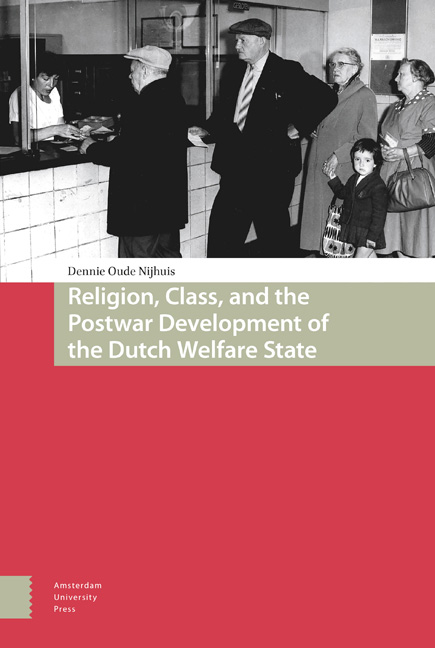8 - Tackling the Inactivity Crisis
Published online by Cambridge University Press: 11 December 2020
Summary
In 1986, the Swedish-born sociologist Goran Therborn published a critical analysis of European policy-makers’ response to the return of mass and long-term unemployment, titled Why Some People Are More Unemployed Than Others, in which he described the Netherlands as “perhaps the most spectacular employment failure in the advanced capitalist world”. In his book, Therborn among others pointed to the importance of hidden employment in the Netherlands as a result of the mass use of the disability insurance scheme for redundancy purposes. Indeed, if this were to be taken into account, the official unemployment rate – which peaked at 10.7 percent in 1983 – would have been significantly higher. Even more worrisome than the high level of either official or “real” unemployment was the increasingly uneven ratio between active and inactive members of society in the country. Between 1970 and 1980, this ratio increased from 50 to 68 benefit recipients for every one hundred active workers. By 1985, there were as many as 85 benefit recipients per 100 workers, of which just over half belonged to the working population. In that year, only about 45 percent of the Dutch population over the age of fifteen was actually employed, compared to over 70 percent in Sweden, the country with the highest employment rate in the advanced industrialized world at the time. In other words, during the 1970s and 1980s, the Netherlands developed into one of the most extreme examples of a continental European “welfare state without work”. Increasingly, the term Dutch Disease was no longer only used to describe the loss of international competitiveness experienced by the Netherlands as a result of the steady increase in the value of the Dutch guilder due to the discovery of natural gas resources, but also to emphasize the unsustainability of Dutch social policy expenditure.
While the increasing dependence on state benefits in the country resulted from a variety of factors – some of which were beyond the government’s direct control – there could be no doubt that the combination of generous benefits and lenient eligibility criteria strongly contributed to this. Moreover – and independent of the causes of increased benefit dependency – the increases in government spending and non-wage labor costs that accompanied the emerging inactivity crisis raised serious questions about the sustainability of the Dutch welfare state in its present form.
- Type
- Chapter
- Information
- Publisher: Amsterdam University PressPrint publication year: 2018



